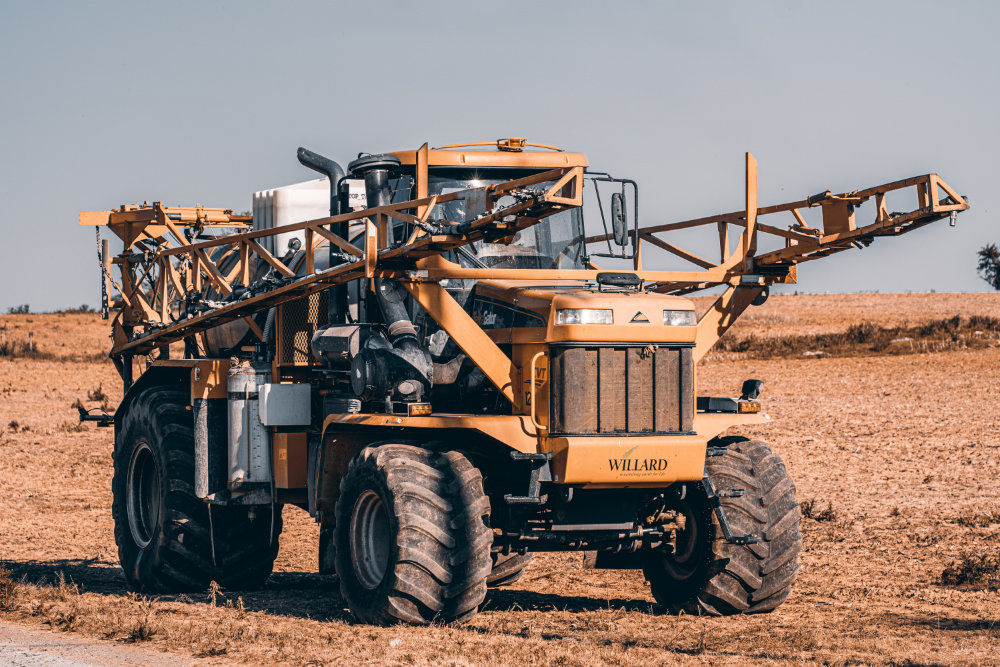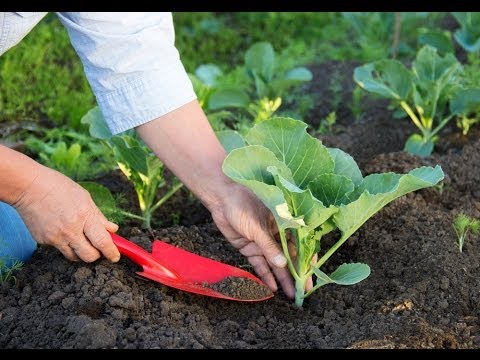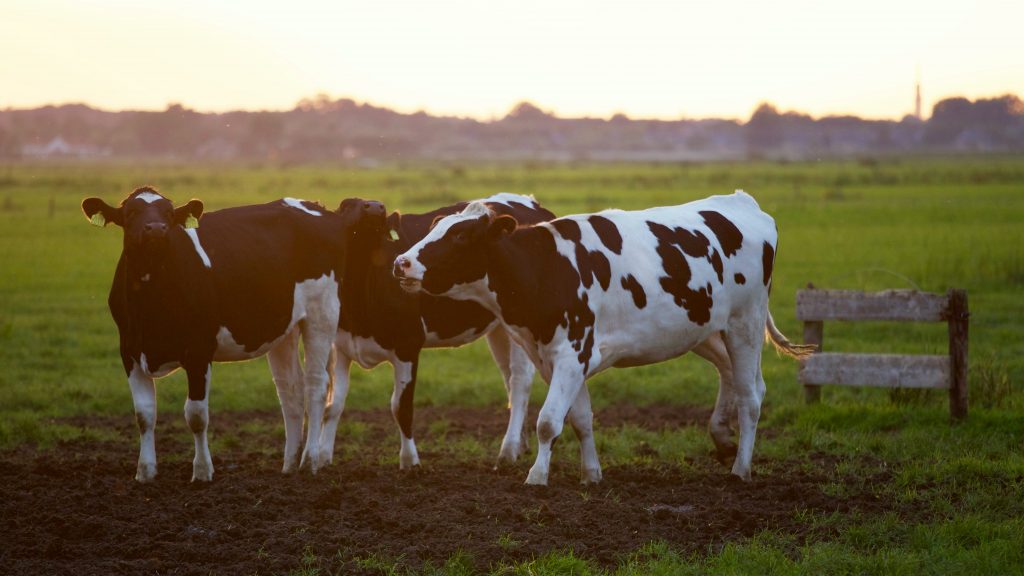How Technology is Revolutionizing Agriculture
Several cutting-edge technologies are being introduced in this area, making it easier for farmers to produce crops and raise animals. We’ll also discuss the advantages these technologies provide to farmers and consumers. The history of agriculture and how it has evolved with technology. Agriculture has been a part of human civilization for thousands of years. The first farmers began cultivating crops and raising livestock in the fertile river valleys of Mesopotamia and the Nile River Delta. Today, agricultural production is high-tech, with farmers using GPS-guided machines to plant and harvest crops. They also rely on sophisticated software to track weather conditions and forecast market prices. However, despite these advances, farming remains a demanding and challenging profession. Farmers must still contend with unpredictable weather patterns, pests, and diseases. But they continue to meet these challenges head-on, ensuring that the world always has a bountiful food supply. How drones are used in agriculture to improve yields and lower costs. Drones are being used in agriculture to improve products and reduce costs. Farmers use drones to spray fertilizers and herbicides on their crops. They are also using drones to water their crops. Drones are also being used to plant seeds. They are using drones to identify weeds and pests. Farmers are using drones to take pictures of their crops, and they are using drones to monitor the health of their crops. Drones are also being used to harvest crops. Farmers are using drones to pick fruits and vegetables, and drones are being deployed to deliver meals and goods to ruminants. Farmers are using drones to save time and money. The use of sensors and Big Data to optimize farming practices. Sensors and Big Data to optimize farming practices is a hot topic in the agriculture industry. By gathering data from sensors placed in fields, farmers can get a more accurate picture of what is happening with their crops. This data can then be used to make decisions about irrigation, fertilization, and other Farming practices. In addition, using Big Data can help identify trends that can help farmers improve their yields. For example, if data shows that a specific crop is being planted more frequently in a particular region, farmers can adjust their planting practices accordingly. The use of Big Data in the agricultural industry is revolutionizing agriculture, and it’s becoming more evident that several benefits are to be had. Precision irrigation systems that save water and fertilizer. One of the most pressing challenges facing farmers today is how to irrigate their crops using less water and fertilizer. With the world’s population continuing to grow, there is an increasingly pressing need to find ways to produce food more efficiently. Precision irrigation systems offer one solution to this problem. These systems use sensors to track soil moisture levels and determine how much water and fertilizer are needed for each plant. It allows farmers to avoid wastage and ensure that their crops receive the optimum nutrients. As a result, precision irrigation systems have the potential to save farmers billions of dollars each year while also helping to conserve precious resources. Automated harvesting systems that reduce labor costs. Agricultural automation is mechanizing or making specific tasks in producing food and fibers easier to perform or complete. It includes everything from planting and harvesting to packaging and warehousing. One of the main goals of agricultural automation is to reduce labor costs while increasing efficiency and productivity. Automated harvesting systems are one type of agricultural automation that has seen significant adoption in recent years. These systems use sensors and other technology to identify and remove crops from the field, often with little or no human assistance. While automated harvesting systems can be expensive, they can ultimately help farmers reduce labor costs and improve the overall efficiency of operations. As a result, automated harvesting systems are likely to play an increasingly important role in the future of agriculture. The future of agriculture and the impact of technology on the industry. Agriculture has been a pillar of human civilization for millennia and plays a vital role in the global economy. In recent years, however, the agricultural industry has faced some challenges. Changing weather patterns, soil degradation, and water shortages are just some issues that farmers grapple with. Agriculture will need to embrace new technologies, and One area where technology has a significant impact is precision agriculture. Through the use of sensors and data analytics, farmers are now able to produce crops more efficiently than ever before. By knowing exactly how much water and fertilizer to use, farmers can minimize wastage and maximize yields. Precision agriculture is just one example of how technology is helping to ensure that the future of agriculture is bright. Technology also plays a role in how farmers market their products. In the past, farmers typically sold their products to wholesalers, who distributed them to retailers. This system often resulted in farmers getting low prices for their crops. However, with the advent of the internet, farmers can now sell directly to consumers. It allows them to bypass the middleman and get better product prices. In addition, it gives consumers the ability to buy fresh, local produce that they might not be able to find at a traditional grocery store. Farmers’ markets are one example of the successful use of this direct-to-consumer model. The use of technology in agriculture is not without its challenges, however. One of the biggest challenges is the high cost of many new technologies. Farmers often have to invest significant money to purchase new equipment. In addition, they may also need to hire someone with the necessary technical expertise to operate it. It can make it difficult for small farmers to adopt new technologies. Another challenge facing agriculture is the issue of data privacy. There is a danger that this data will be used to exploit farmers as more and more information is gathered about farming operations. It is a particularly pressing issue given the increasing consolidation of the agricultural sector. Despite the challenges,
How Technology is Revolutionizing Agriculture Read More »



